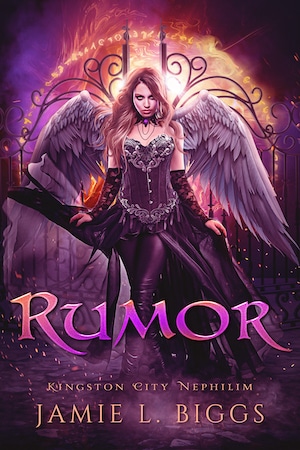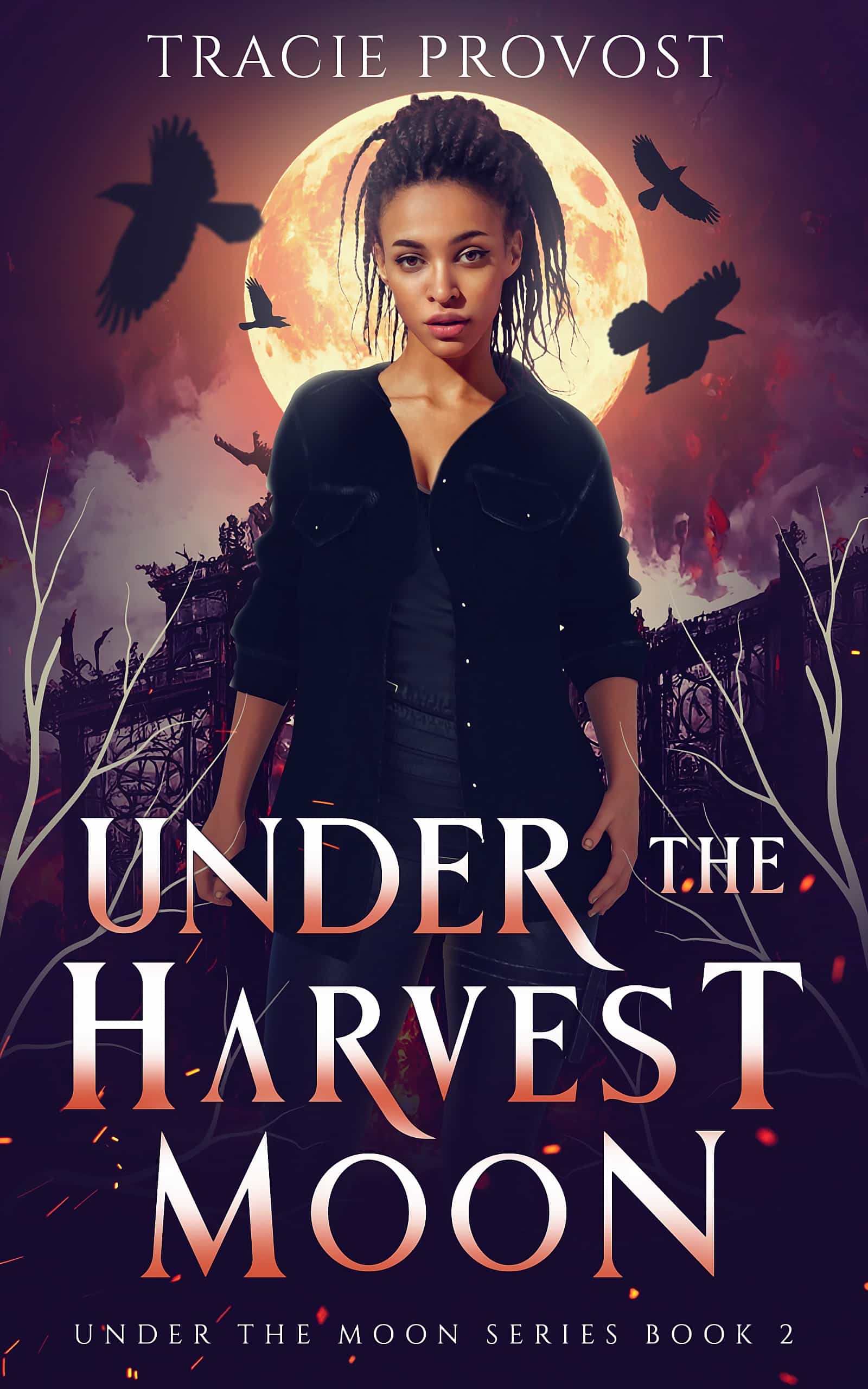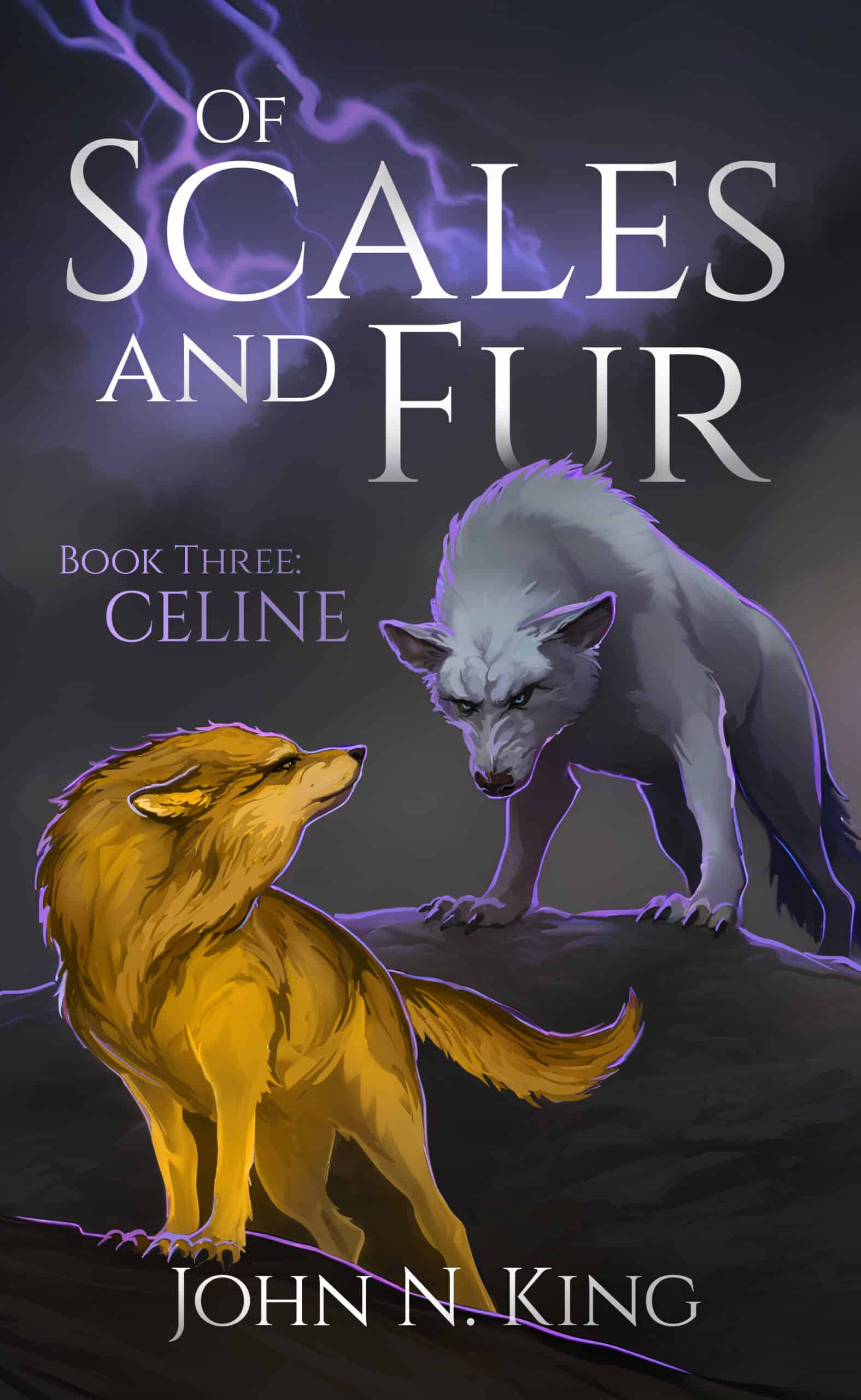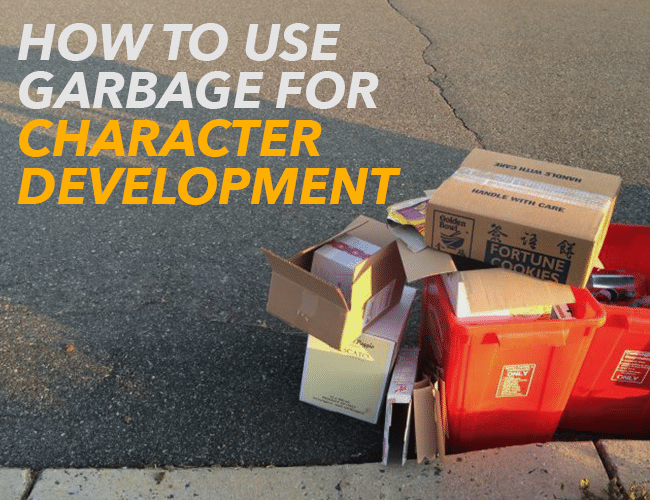
by Pamela Fernuik |
Today is garbage day in my neighborhood. Naturally, when I went for a walk with my dog Annie this morning, I looked at my neighbors’ garbage. What did people throw away? What did their trash mean? What what can we discover about a person from what they throw away, and how they throw it away?
People leave clues about their character in their trash. Today we will practice character development by writing about someone’s garbage—what they throw away.
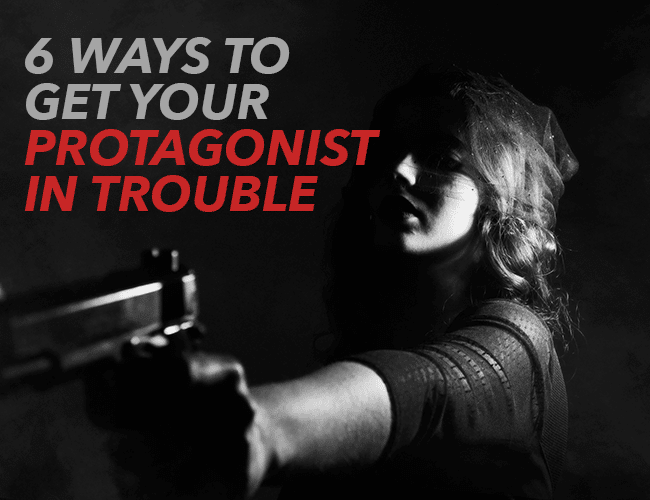
by Ruthanne Reid |
“The writer’s job is to get the main character up a tree, and then once they are up there, throw rocks at them.” So how DO you get your protagonist in a sticky situation that keeps your reader reading until you type, “The End?”
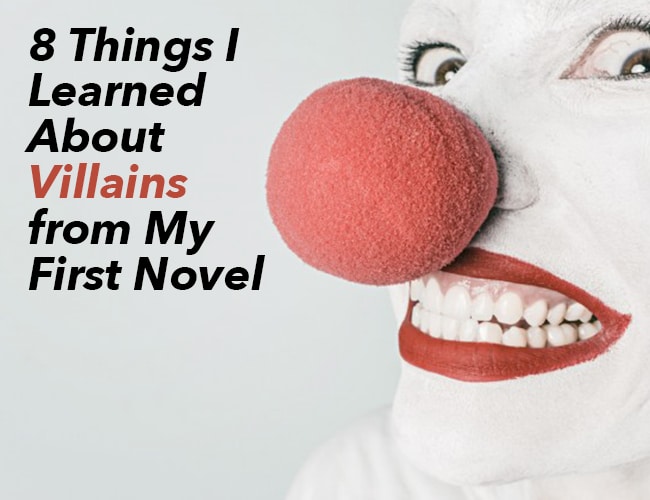
by Emily Wenstrom |
A hero is no hero at all unless there is something to stand against. That’s where villains come in.
villains
We love to hate them, but they serve a critical function within the anatomy of a story, the yin to your protagonist’s yang.
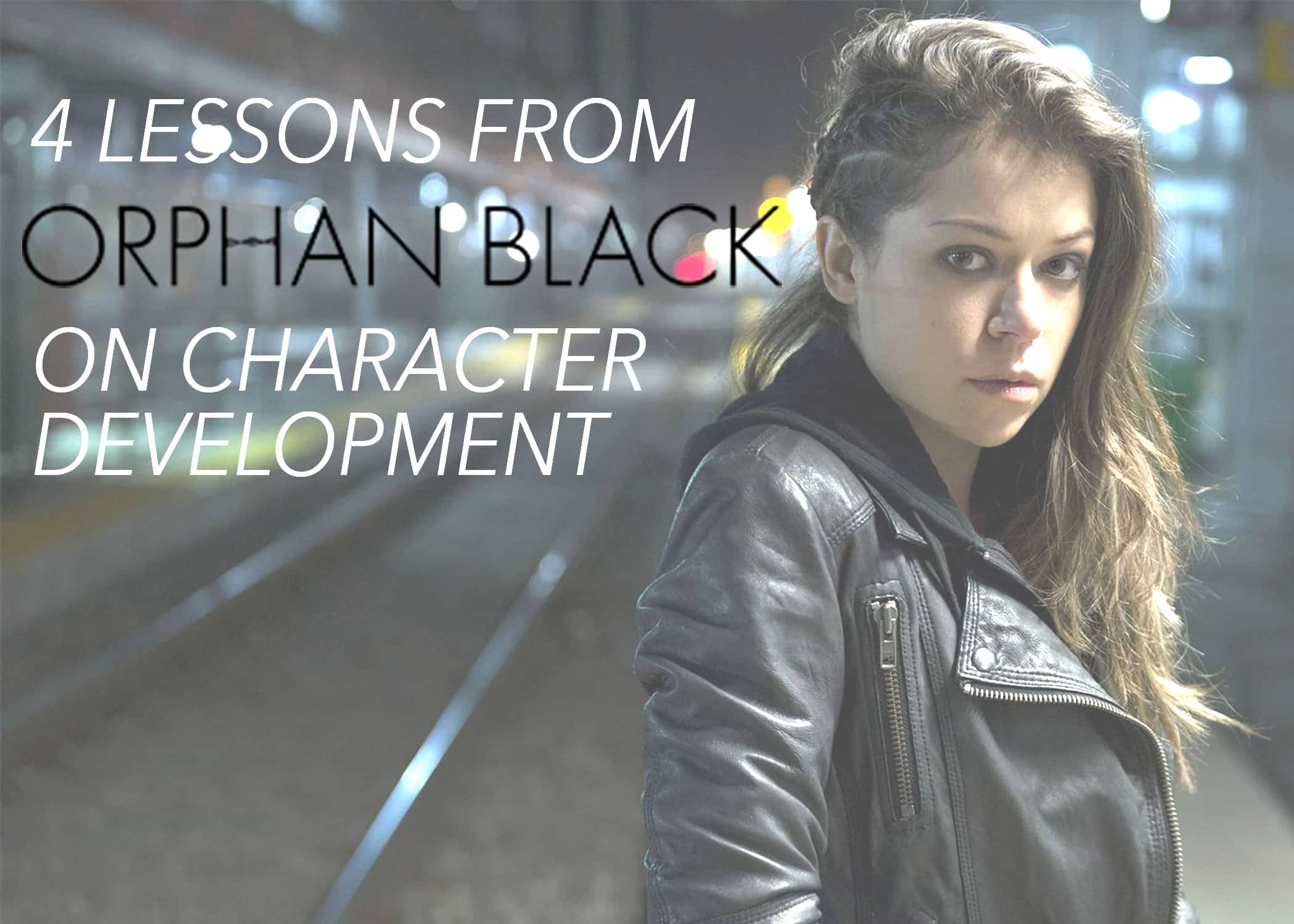
by Emily Wenstrom |
Characters are one of the most important elements of any story. And character development can be challenging to get right.
Characters are critical for drawing readers into a story. They should also be the force that pushes your plot forward. A strong character can bring the story’s entire world to life. They can make your readers cry and even feel like a real friend. A weak one can deflate an entire book like a leaky air mattress.
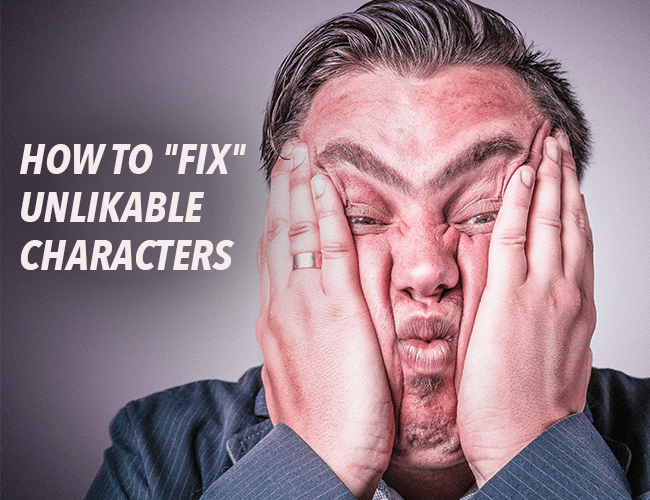
by Ruthanne Reid |
Here’s the deal: if you don’t like your character, your reader won’t, either. Fortunately, I have three quick tips to help you fix that unlikable character.
If your readers don’t like your character at least a little, then they won’t care what happens to that character in the story. If your readers don’t care about the character, you’ve already lost them.
Fortunately, there’s a way out. Three ways out, in fact.
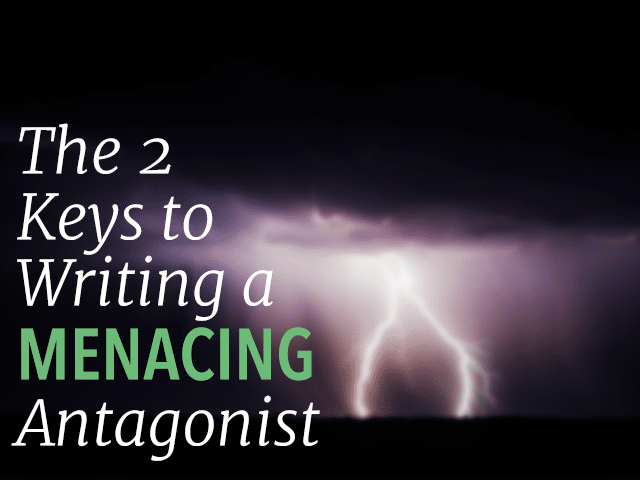
by Ruthanne Reid |
True menace is hard to write.
Spoiler: Writing a good villain is not about superpowers. It’s also not about backstory. Both of those can help you write a menacing antagonist, but they can also make your antagonist simply silly, or so sympathetic that readers forget to be scared (I’m looking at you, Loki).






